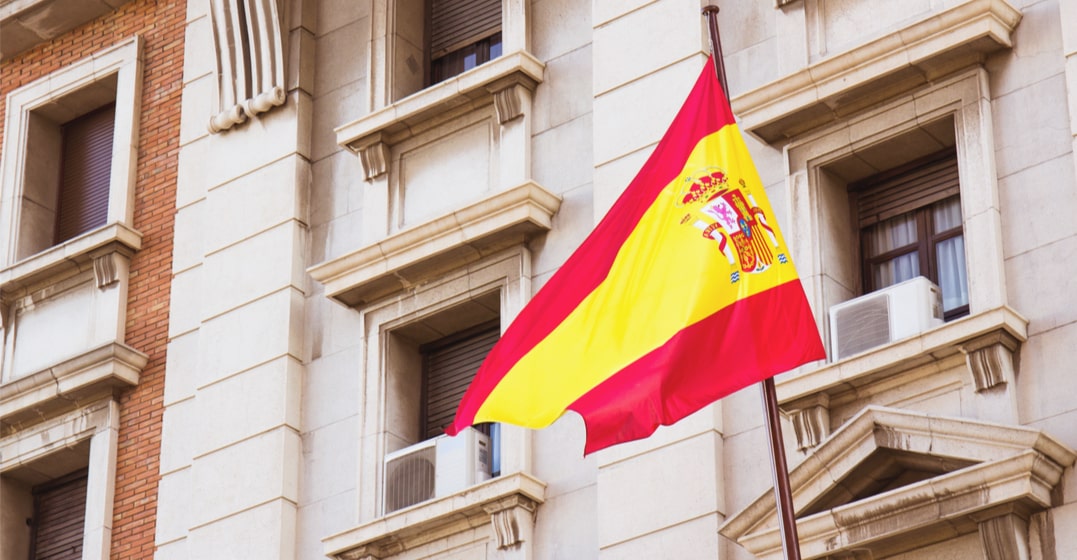Updated on February 12, 2024

What is Castilian Spanish?

Spanish is the fourth most spoken language in the world. It began on the Iberian peninsula and via colonialism spread worldwide.
Sometimes you’ll hear the word “Spanish” used interchangeably with “Castilian Spanish.” Are they the same thing? What is Castilian Spanish?
In this article, we will explain where Castilian Spanish comes from and how it’s different from Spanish in Latin America.
Before we can answer, “what is Castilian Spanish”, we need some history.
The Real Academica Española (RAE) or Royal Spanish Academy is a self-appointed institution that safeguards the correct usage of the Spanish language. It was founded in Spain (surprise, surprise).
The RAE says it’s best to use a narrow definition of Castilian. For the RAE, Castilian refers to the romanesque language born in the Kingdom of Castile in the middle ages.
From the 3rd century to the 9th century, the Castile region spoke Vulgar Latin of the Roman Empire. Over centuries, Vulgar Latin developed into Castilian Spanish in this area. The Kingdom of Castile, through wars and marriages, expanded to include all of current-day Spain by 1492.
Castilian Spanish is spoken in Northern and Central Spain. That’s using the narrow definition of Castilian Spanish, meaning the Spanish of the Iberian Peninsula.
About 94% of the population in Spain speaks Castilian Spanish. But it’s not the only language spoken in Spain.
Castilian is sometimes used interchangeably with the word “Spanish.”
For example, in Chile, they say hablamos castellano “We speak Castilian.” Chileans don’t often use the word español. This is more related to history rather than to modern definitions of Castilian.
Since Castilian was the king’s Spanish since the 1200s, the imperialists in those early centuries of conquest in Latin America identified their language as Castilian and not Spanish (yet).
To this day, the RAE recognizes linguistic differences in Spanish around the world as correct. Even in Spain, there are multiple languages such as Catalan and Galician.
It’s best to think of Castilian as the Spanish spoken on the Iberian Peninsula. Meanwhile, the word “Spanish” includes the Spanish spoken by 559 million people worldwide.
To highlight the distinct characteristics of Castilian Spanish, we’ll compare it to the Spanish you hear in Latin America.
In Spain, they use an informal plural “you” called vosotros. It has a distinct verb conjugation.
| Infinitive | bailar (to dance) | comer (to eat) | escribir (to write) |
| Vosotros form | bailáis | coméis | escribís |
Ustedes is a formal, plural “you” and is rarely used in Spain. In Latin America, however, ustedes is the standard and only plural “you.”
Another of its distinctive trait is the ceceo. This is the pronunciation of the “s” sound as a “th” sound.
For example, in Spain, they pronounce chorizo /cho ree tho/ while in Latin America it sounds like /cho ree so/.
In Spain, you’ll hear the use le in place of the direct object lo(s), la(s) more than in Latin America. This swapping-in of le is known as leísmo and is actually regarded as incorrect in the RAE.
| Standard | Leísmo | |
| Lo (him) | Lo veo (I see him) | Le veo (I see him)* |
| La (her) | La veo (I see her) | Le veo (I see her) |
| Los (them, masculine) | Los veo (I see them) | Les veo (I see them) |
| Las (them, feminine) | Las veo (I see them) | Les veo ( see them) |
*The only form that is technically allowed is using le for a singular masculine direct object.
Like any region, there is distinctive slang and vocabulary in Spain that you won’t hear in Latin America.
Castilian Spanish is the Spanish spoken in Spain. It has its roots in Latin as well as Arabic. Spanish spread around the world and has developed uniquely in many regions.
There is no single, standard Spanish. Instead, there is distinct grammar use, vocabulary and pronunciation that make Castilian Spanish sound different.